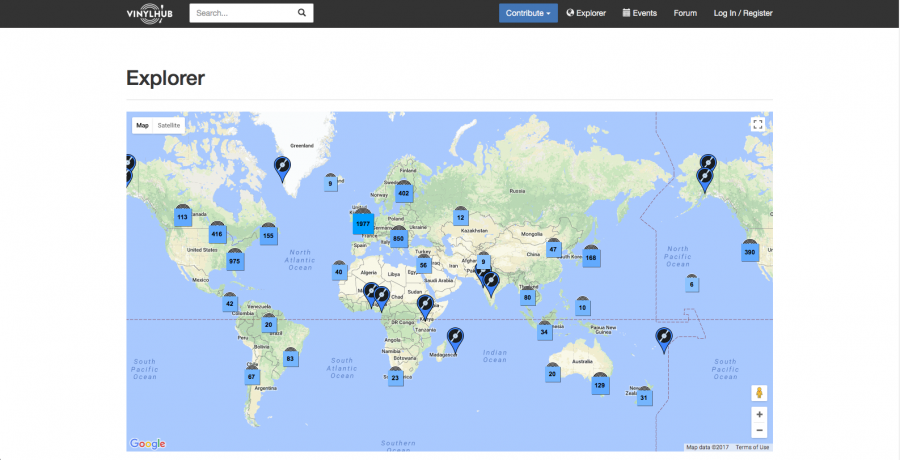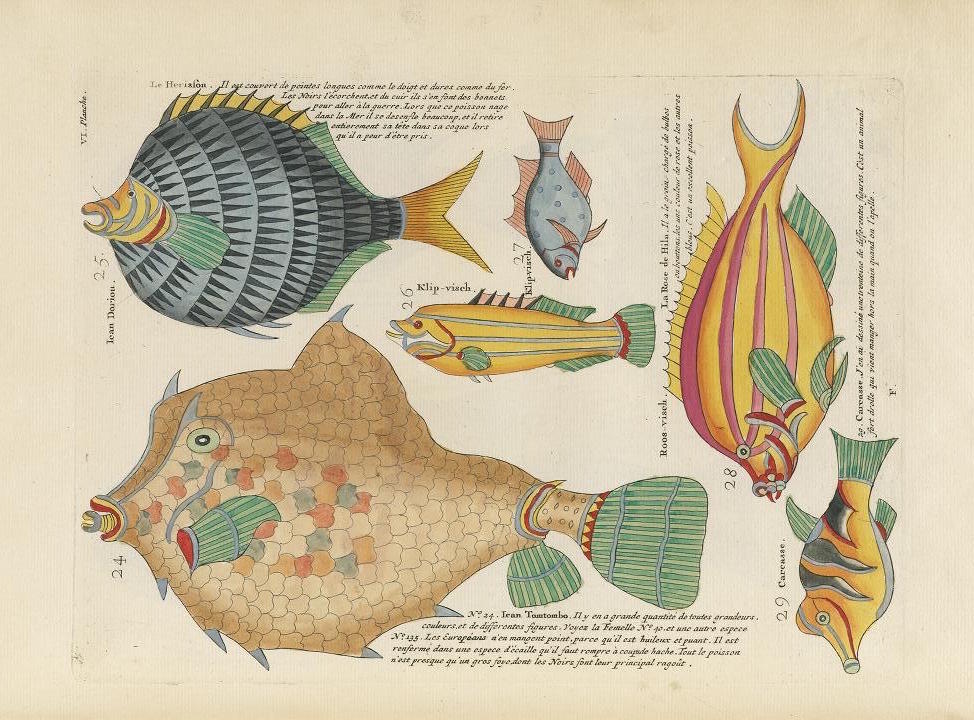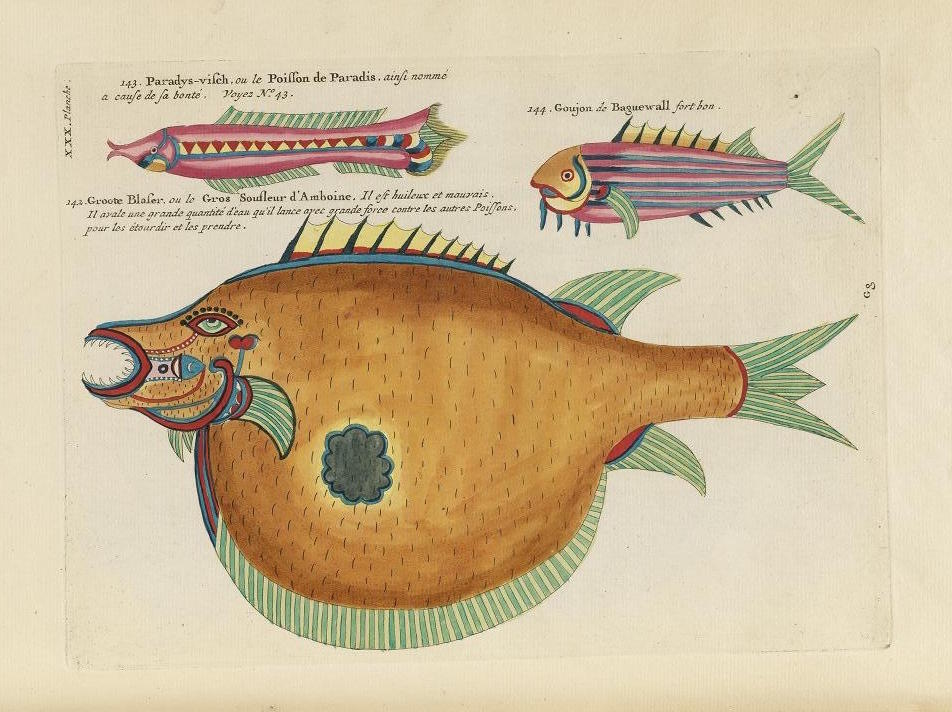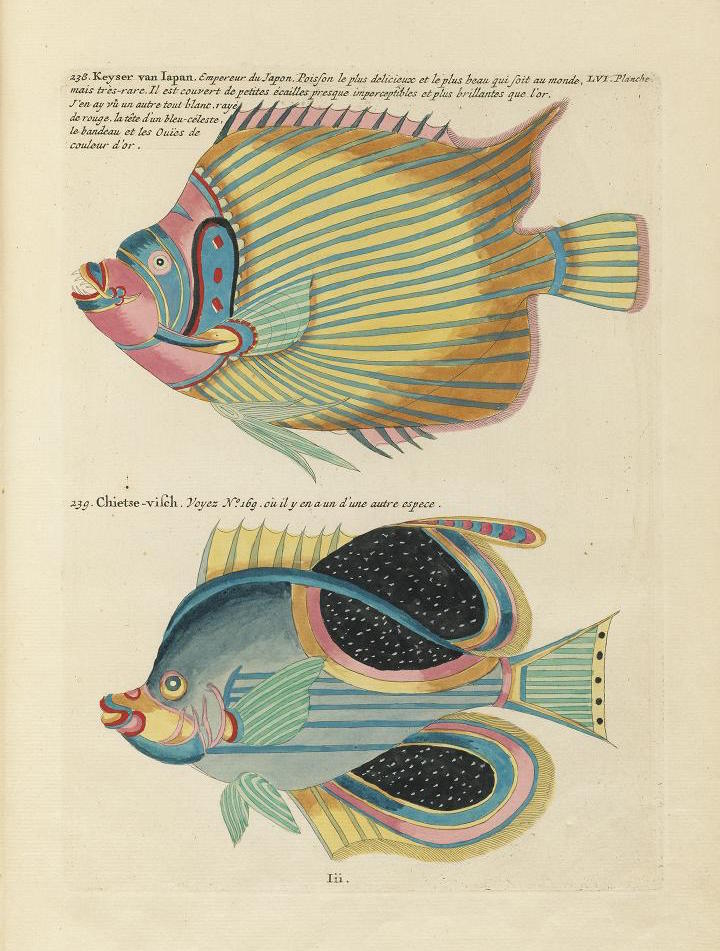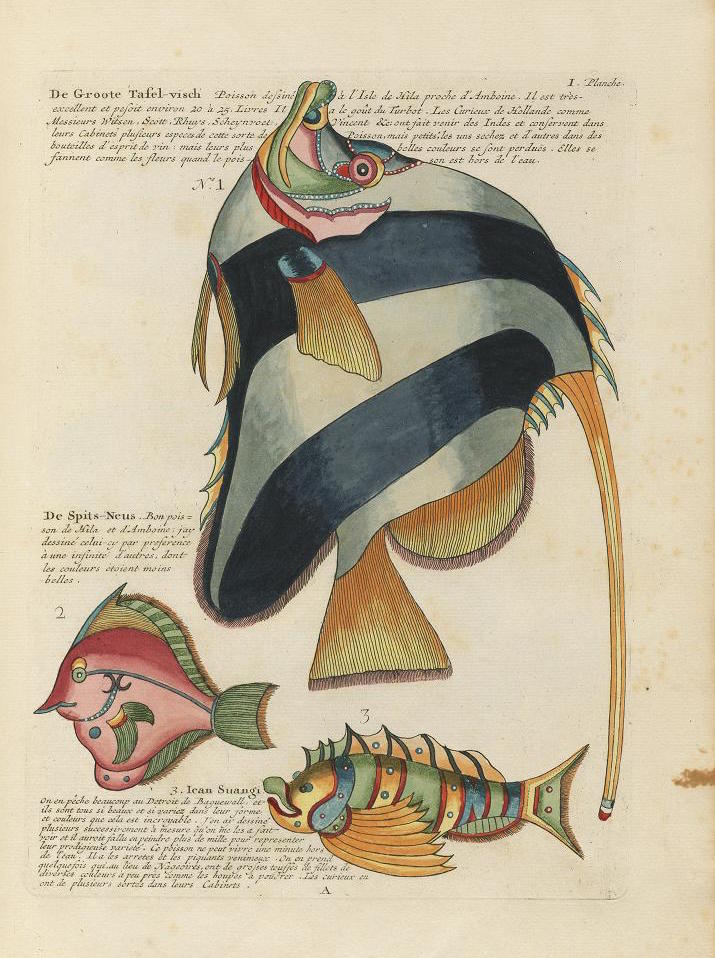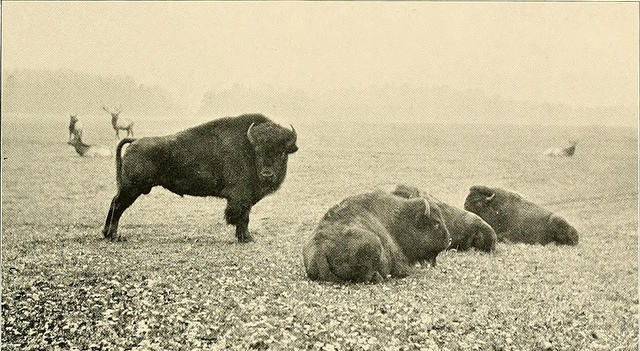We may have grown used to hearing about the importance of critical thinking, and stowed away knowledge of logical fallacies and cognitive biases in our argumentative toolkit. But were we to return to the philosophical sources of informal logic, we would find that we only grasped at some of the principles of reason. The others involve questions of what we might call virtue or character—what for the Greeks fell into the categories of ethos and pathos. The principle of charity, for example, in which we give our opponents a fair hearing and respond to the best version of their arguments as we understand them. And the principle, exemplified by Plato’s Socrates, of intellectual humility. Or as one punk band put it in their Socratic tribute. “All I know is that I don’t know. All I know is that I don’t know nothing.”
Intellectual humility is not, contrary to most popular appearances, reflexively according equal weight to “both sides” of every argument or assuming that everyone’s opinion is equally valid. These are forms of mental laziness and ethical abdication. It is, however, believing in our own fallibility and opening ourselves up to hearing arguments without immediately forming a judgment about them or the people who make them. We do not abandon our reason and values, we strengthen them, argues Mark Leary, by “not being afraid of being wrong.” Leary, professor of psychology and neuroscience at Duke University, is the lead author of a new study on intellectual humility that found “essentially no difference between liberals and conservatives or between religious and nonreligious people” when it comes to intellectual humility.
The study challenges many ideas that can prevent dialogue. “There are stereotypes about conservatives and religiously conservative people being less intellectually humble about their beliefs,” says Leary. But he and his colleagues “didn’t find a shred of evidence to support that.” This doesn’t necessarily mean that such people have high degrees of intellectual humility, only that all of us, perhaps equally, possess fairly low levels of the trait. I’ll be the first to admit that it is not an easy one to develop, especially when we’re on the defensive for some seemingly good reasons—and when we live in a culture that encourages us to make decisions and take actions on the strength of an image, some minimal text, and a few buttons that lead us right to our bank accounts. (To quote Operation Ivy again, “We get told to decide. Just like as if I’m not gonna change my mind.”)
But in the Duke study, reports Alison Jones at Duke Today, “those who displayed intellectual humility did a better job of evaluating the quality of evidence.” They took their time to make careful considerations. And they were generally more charitable and “less likely to judge a writer’s character based on his or her views.” By contrast, “intellectually arrogant” people gave writers with whom they disagreed “low scores in morality, honesty, competence, and warmth.” As a former teacher of rhetoric, I wonder whether the researchers accounted for the quality and persuasiveness of the writing itself. Nonetheless, this observation underscores the problem of conflating an author’s work with his or her character. Moral judgment can inhibit intellectual curiosity and open-mindedness. Intellectually arrogant people often resort to insults and personal attacks over thoughtful analysis.
The enormous number of assumptions we bring to almost every conversation with people who differ from us can blind us to our own faults and to other people’s strengths. But intellectual humility is not genetically determined—it is a skill that can be learned, Leary believes. Big Think recommends a free MOOC from the University of Edinburgh on intellectual humility (see an introduction to the concept at the top and a series of lectures here). “Faced with difficult questions,” explains course lecturer Dr. Ian Church, “people often tend to dismiss and marginalize dissent…. The world needs more people who are sensitive to reasons both for and against their beliefs, and are willing to consider the possibility that their political, religious and moral beliefs might be mistaken.” The course offers three different levels of engagement, from casual to quite involved, and three separate class sections at Coursera: Theory, Practice, and Science.
It’s likely that many of us need some serious preparation before we’re willing to listen to those who hold certain views. And perhaps certain views don’t actually deserve a hearing. But in most cases, if we can let our guard down, set aside feelings of hostility, and become willing to learn something even from those with whom we disagree, we might be able to do what so many psychologists continue to recommend. As Cindy Lamothe writes at New York Magazine’s Science of Us blog, “we have to be willing to expose ourselves to opposing perspectives in the first place—which means that, as daunting as it may seem, listening to friends and family with radically different views can be beneficial to our long-term intellectual progress.” The holidays are soon upon us. Let the healing—or at least the charitable tolerance if you can manage it—begin.
via Big Think
Related Content:
Stephen Fry Identifies the Cognitive Biases That Make Trump Tick
32 Animated Videos by Wireless Philosophy Teach You the Essentials of Critical Thinking
Why We Need to Teach Kids Philosophy & Safeguard Society from Authoritarian Control
Josh Jones is a writer and musician based in Durham, NC. Follow him at @jdmagness
